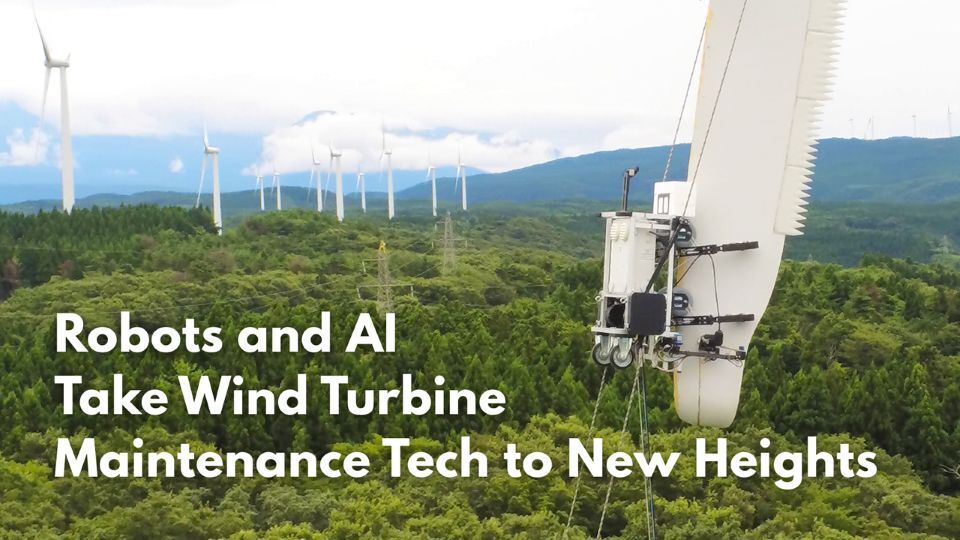Bionic technology is driving advances in the technical development of prosthetic limbs, allowing users to move their artificial hands and feet with remarkable precision. An Osaka-based startup envisions a world where anyone who has lost any of their four limbs due to accident, illness, or any other reasons can access smart bionic prosthetics and regain the functions of their damaged or missing body parts.


AI-powered high performance bionic hand is supposed to automatically learns and adapts to users.
For people who have unavoidably lost all or part of their arms or legs, owing to disease or accident, or those who were born without them, a prosthetic limb is indispensable for improving their quality of life. Until recently, conventional prosthetics have often required extensive training to become familiar with, and posed challenges when trying to move them freely, often being difficult to control as intended. Recently, however, amazing advances have taken place in the field of bionic prosthetics, allowing for more accurate control of artificial limbs through sensors that detect muscle and other biological movements. By integrating artificial intelligence (AI), data from the sensors can be optimized to guide movements, allowing users to perform actions such as grasping objects more naturally. AI automatically learns and adapts to users’ needs, eliminating the need for lengthy training.

Alvaro Rios Poveda explains that the name RYO is derived from the Japanese word for “quantum” (ryoshi), reflecting the belief that quantum technologies will one day power next-generation prosthetics.
One such bionic prosthetic, the AI-powered high-performance bionic hand called RYO, is being developed by Kawatek Co., Ltd., an Osaka-based startup. “Our mission is to enhance human capabilities and lead the way in human augmentation, creating a world where everyone has access to top-tier assistive technologies to improve their quality of life,” explained Alvaro Rios Poveda, an expert in medical bionics who founded the company.
RYO replicates up to 95% of hand motions offering users fine motor control and functional dexterity. Beyond mobility, it also provides health monitoring. For example, in diabetic users, it tracks blood glucose levels and issues alerts when they reach concerning thresholds, potentially preventing infections and serious complications.
Another focus for Kawatek is remote smart rehabilitation using AI and 5G technology. The system targets not only those with limb loss but also patients in recovery, such as from strokes or injuries. Using specialized cameras that can monitor patients’ movements in a 270-degree field of view, the system analyzes the patient’s motion in real time, making it possible to suggest rehabilitation programs tailored to each individual’s particular condition. This efficient approach improves rehabilitation time to allow patients to return to normal life faster, reduces medical costs, and makes rehabilitation accessible from anywhere.
Originally from Mexico, Rios moved to Japan and established Kawatek in Osaka, drawn by the Kansai region’s strong ecosystem in healthcare and medical technology, with Osaka and Kobe serving as key industry hubs. “It has an ideal environment for innovation in the fields of bionics and rehabilitation,” he said. Discussions are already underway to coordinate efforts with several universities and medical institutions, including Osaka Sangyo University. “There’s an ecosystem here for speeding up the pace of development. We’re working with AI specialists, neuroscientists, and other interdisciplinary experts,” he added. “I also love the friendly, open culture of Osaka.”

The RYO prosthetic hand is designed to replicate 95% of everyday, natural hand movements, including precise control needed to handle fragile items like tofu or paper cups without damage.

Under the theme of “Reborn,” the Osaka Healthcare Pavilion will feature seven zones, including the Reborn Challenge, where startups showcase their cutting-edge technologies. JIJI
Left: The RYO prosthetic hand is designed to replicate 95% of everyday, natural hand movements, including precise control needed to handle fragile items like tofu or paper cups without damage.
Right: Under the theme of “Reborn,” the Osaka Healthcare Pavilion will feature seven zones, including the Reborn Challenge, where startups showcase their cutting-edge technologies. JIJI
In June 2025, Kawatek is planning to exhibit in the Reborn Challenge, an exhibition zone within the industry-academic-government cooperative Osaka Healthcare Pavilion in Expo 2025 Osaka, Kansai, Japan. In the Reborn Challenge, which will introduce startups and small and medium-sized enterprises (SMEs) from Osaka that are developing advanced technologies, Kawatek is designing an interactive display to demonstrate RYO’s functionality firsthand. “The exhibition will not only be an opportunity to introduce our technology, but also a good chance to draw attention to how AI-driven bionics and intelligent rehabilitation technologies can restore independence, enhance physical abilities, and improve quality of life,” says Rios.
Ahead of production, Kawatek is now conducting clinical tests for RYO, with fine-tuning, including adding more motors to achieve smoother, more human-like movements and to enhance precision and natural dexterity, in progress. With these improvements, RYO is expected to enter the market in late 2025 or early 2026.
“Technology is not just a tool—it can become a part of a person’s body. But many people with limb loss still lack access to these innovations. I hope Expo 2025 will inspire global collaboration to create a world where everyone can benefit from these cutting-edge technologies.”
Expo 2025 Osaka, Kansai, Japan
https://www.expo2025.or.jp/en/






























